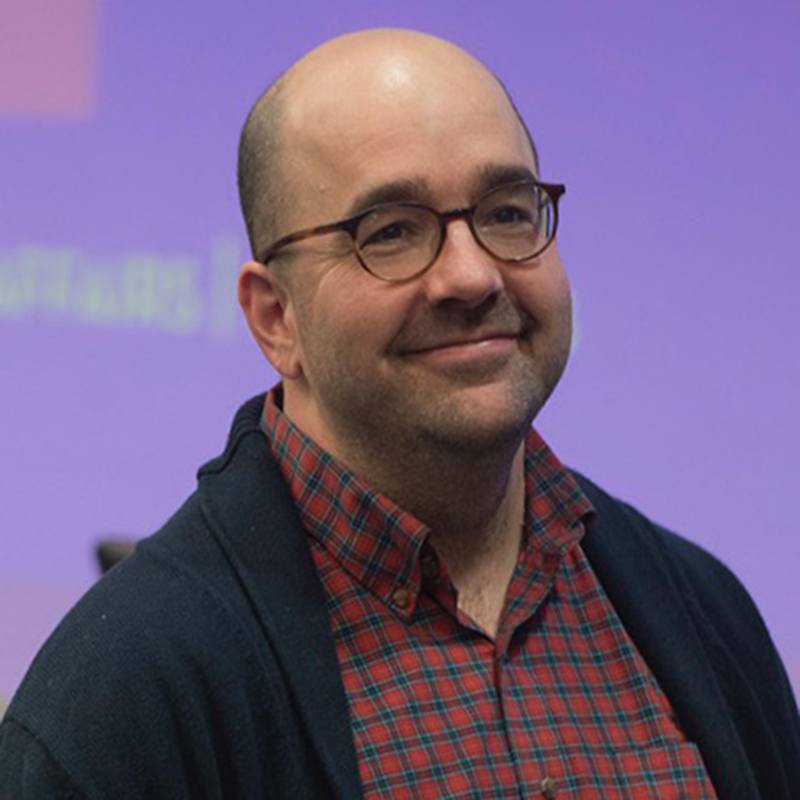The Center for Urban and Regional Affairs (CURA) collaborates with community and local government to advance smart and equitable decision making, investments, and policies that benefit all of Minnesota’s diverse communities
The search box below queries reports and research from over fifty years of CURA work which is housed at the CURA collection at the University of Minnesota Digital Conservancy.
